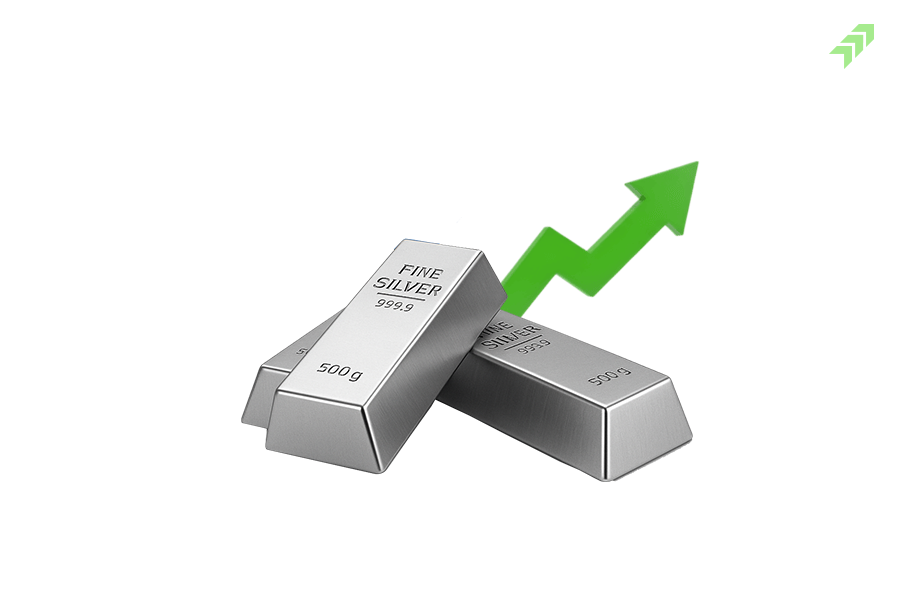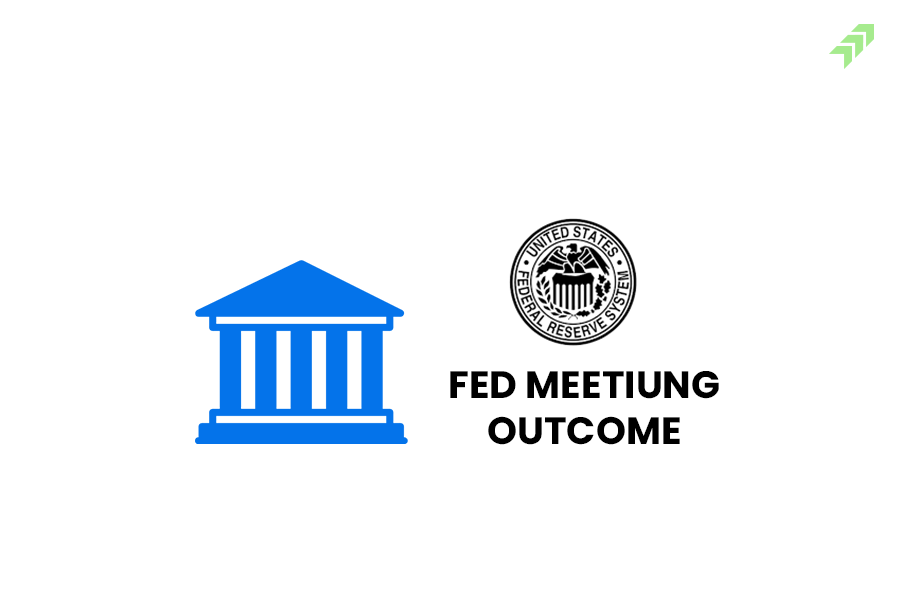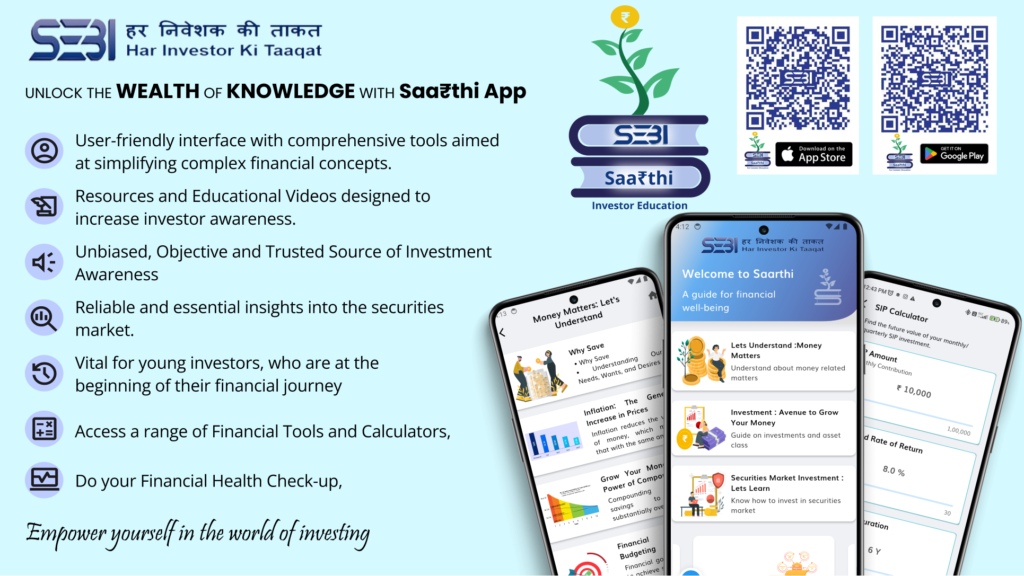In the derivatives market, apart from the spot price, there is another price of the underlying security that you have to watch or consider while entering into any kind of trade position. In the future market, there is one more single price called the future price of an underlying security, but in options trading, you have to choose from the various strike price of an underlying security.
What is the Strike Price in Option Trading?
The strike price is a predetermined price in the options market at which option buyers and option sellers agree to buy (for call options) or sell (for put options) the underlying security. In the option market, you can see multiple strike prices are higher and below the spot price, and these multiple strike prices are called the option chain.
Also Read: NSE Option Chain Analysis: How It Works & What Does Indicate
With the strike price, you can identify whether the option is out-of-the-money (OTM) or in-the-money (ITM) playing an important role in exercising the option contracts. While entering into the option trading or buying or selling the option contract you have to choose the right strike price of the right expiration month so that your trading strategy can work constructively.
Importance of Strike Price in Options
Strike price plays a key role in options trading. This is the key price at which an option buyer agrees to buy with the right to buy the underlying security any time before the expiry of the contract. Conversely, an option seller agrees to sell an underlying security with the obligation to sell or exercise the same on the agreed strike price before the date of contract expiry.
Without strike price, you can’t determine, whether the call or put option is in-the-money, out-of-the-money or at-the-money. Strike prices are well-spread on both sides of the spot price and options traders choose the best strike prices as per the change in the spot price of the underlying security. As picking the right strike price in option trading can be a changing point, so, let’s find out how to choose the best or right option strike price.
How to Select Strike Price in Options?
In the option chain table, you can see the multiple strike prices showing at a time. The strike price near the spot price is highly active, which means maximum traders taking positions in these strike prices. To know the volume of trading in a strike price you can use the open interest data that shows the actual number of contacts with open options in a particular underlying security.
Also Read: Nifty Open Interest: How Traders Use Change in Nifty OI for Data Analysis
Choosing the too-far way strike price from the spot will result in a low volume of trading or lack of liquidity with no significant movement due to the demand and supply gap. Hence, there are various factors to consider while picking the right strike price for options.
Points to Consider While Pickingthe Strike Price:
1.Analyse the Market Conditions
Analysing the market condition is one of the golden rules of trading in the stock market, even if it is option trading or intraday trading in the cash market. Check the market trend, in which direction it is heading or if there is a bullish or bearish trend.
Also Read: How to Identify Trend in Stock Market: 10 Points to Find Trend
Based on that you can decide to enter into a buy or sell contract. You can use the market heat map or various tools or technical indicators to know the market trend.
Also Read: Best Technical Indicators for Option Trading in TradingView
-
Check the Current Market Price
Before you choose the right strike price check the spot or current market price of the underlying security. On the basis of spot price you can find the right strike price from the option chain. The current market price keeps fluctuating, so while picking the near strike price or entering into the option contract, always check the current market price.
-
Analyse the Level of Volatility
Volatility Index (VIX) is one of the major factors that affect the premium or you can say the price of the option contract in the derivatives market. When the volatility is high, the swing in price of the strike price will be also high. The higher the volatility, the higher the swing in the price of the strike prices of an underlying security. Implied volatility shows the price range between which the price of an underlying security can move before the expiry.
Also Read: How to Trade in High Volatile Market: Best Trading Strategies
However, the strike price too far away from the spot price is less affected compared to the strike price closer to the spot price. Hence, if volatility is high you can choose the strike price farther than the spot price and in low volatile market conditions you can pick the strike price near the spot price.
-
The Liquidity or Volume Level
Liquidity in the stock market trading or technical analysis plays a very important role in making the right decision before entering into any trade position. In option trading, the significant volume of trade in a particular strike price gives you better bid-ask spreads. You can easily enter and exit from such trade positions having a high volume of trade.
Also Read: Importance of Volume in Technical Analysis: Use & Role in Trading
At-the-money strike prices are the highest liquid option contracts with a significant amount of open interest giving you a better opportunity of trades. However, the nearest in-the-money and out-of-the-money option strike prices also have enough volume and liquidity giving you more opportunity to choose the right strike price as per your trading strategy.
-
Check the Open Interest Data
Open interest data plays an important role in analysing the sentiments of the traders towards an underlying security. The strike price that is likely to be achieved by the underlying security during or before the expiry period also has the highest open interest.
Also Read: How to Use Open Interest for Intraday Trading or Trading
You can check the change in open interest with the price change in various strike prices and the best one having the highest number of open interest could be the best way to choose the right strike price. Though with the change in the spot price, the open interest data might keep changing but still the strike price near to spot price would be the best one.
-
Pick the Right Expiry Date
In options trading, a strike price with a long-duration expiry date is expensive due to wider time value. If you expect the short-term price movement you can choose the strike price with near to expiry. If you have a long-term perspective towards the underlying security you can choose the option strike price with more stretched expiry dates.
The same strike price with different expiration months of option contracts has different prices, liquidity and movement. Hence, choose the strike price that is neither too far away from the spot price nor the date of expiry to too far away.
-
Check the Cost of Premium
The price of the option contract which is also called the premium is also highly influenced due to different strike prices. The strike price closer to the spot price has a high premium, while the strike price far away from the current price of an underlying security trades with a low premium price.
Similarly, in-the-money strike prices have a high premium compared to out-the-money strike prices due to the intrinsic value of the contract. Hence, in option trading you can choose the right strike price that fits your budget and as per your risk tolerance capability.
-
Your Risk Appetite
In option trading risk bearing capability is another factor that influences the traders to choose the strike price. If you are a risk-averse trader you should pick the in-the-money options that would be costlier but also have a better probability of giving profits.
On the other hand, if you are ready to take more risk, you can choose the out-of-the-money strike price option contract having the affordable pricing with higher risk. However, it can also give you the returns if becomes ITM with significant moves.
-
Availability of Funds
Availability of funds is another factor affecting the selection of strikes. Funds also have a big role in framing your options strategy. Suppose you have small fund to start with option trading, let’s take Rs. 30, 000. In this amount you can only make strategies from buying side as buying side charges less premium. For strike selection, In-the-money strike or strikes closed to sport price are costlier than the out-of-the-money strike prices. So if you have a tight budget you can choose the OTM and far away strike price contract, which will eventually impact your profit even if the underlying price grows.
-
Option Trading Strategy
Last but not least, choosing the right strike price also very much depends on your option trading strategy. If you have chosen the bullish option strategy you have to pick the high strike prices, and if your trading strategy is bearish, you pick the lower strike price contracts. Your option strategy defines which strike price you have to choose that can give you maximum profits if the market or the underlying security moves as per your expected direction.
However, for a sideways market trend, you need to earn from the theta decay at the same time protect yourself from sharp move in either side. For sideways market, you can earn by selling closer strike to spot price at same time hedge your position by buying out of the money strikes. Here also, choosing the strike price is important, which depends on your view of market and key support and resistance levels.
How to Choose Strike Price for Call Options?
If you are looking to buy a call option, means you are bullish on this underlying security and ready to take risk limited risk with expectations of maximum gains. Here choosing the right strike price for call options is again highly dependent on your risk-bearing capability and budget.
You can pick the higher strike price that is near to the spot price if you have enough funds and expect the spot price will rise and suppress the strike price before the expiry date. However, if you pick the strike price that is less than the spot price for the call option trading strategy it will not only be expensive but also difficult to end in the profit.
How to Choose Strike Price for Put Options?
Similarly, if you are bearish or expect downside movement in the underlying security, then you can choose the put options. Again while buying a put option choose the strike price that is closer to the spot price if you think underlying security will drop gradually. However, if you think the price can fall sharply, buying a far-way strike price can also give returns.
In put options in-the-money strike price have a higher strike price and the out-of-the-money put option will be lower than the spot price. The near-the-put option to spot price will be costlier, and the distant strike price with the current market of the underlying security has a lower premium. You can pick the right one as per your risk tolerance and affordability.
How to Choose Strike Price for Option Buying?
Option buying can be done both form call side and put side, so choosing the strike is totally depends on your trading strategy and market conditions. Choosing the right strike price again depends on your trading strategy along with the risk tolerance and budget. If you are going for naked buying, then you might go for at the money or strikes close to it, if you want to do hedging, then you might choose out of the money strike, so as to protect yourself from losses. Strikes closer to spot price trades with a higher premium but has the best volume of trading. While out of the money strike price, is available at lower pricing but moves slower and has less potential to give high returns during the expiry period.
How to Choose Strike Price for Option Selling?
In the same way, at the time of choosing the strike price for the selling option you need to consider your trading strategy. An option selling means you are not expecting significant movement in any side in the underlying security that will make your option worthless on the day of expiry.
Also Read: Why Option Selling is Better than Option Buying: Explained
Here keep one thing in mind, option selling with a strike price closer to the market price of the underlying security could be risky but you can get a high premium collected. Conversely, an option sold far away from the strike price has better chances of ending in a profit but will have a lower premium price and also not be too much affected by the high volatility.
What Happens When You Choose a Wrong Strike Price?
Selecting a right strike price is very important, if you want to take benefit of swing trade. Selection can be tricky at time as wrong selection can led to less liquidity or if the price of underlying moves, the price of strike will grow less as comparison to others. If you choose to trade an ORM strike, the risk is higher compared to an in-the-money strike price option.
For call option sellers, choosing the wrong strike price may cost of underlying security called away. Hence you can sell the call option slightly out-of-the-money. This strategy will give you better profit if the underlying security is called away, even if your premium is worthless.
Conversely, if you choose the incorrect strike price when selling a put option, then the current market price of the underlying security will be assigned above the spot price. You can incur huge losses if the price of the underlying security plunges sharply or there is a sudden sell-off in the market, resulting in the market price of all underlying securities falling sharply.
Wrapping-up
For option traders, after selecting a momentum stock, choosing the right strike is also important for fruitful trading. Hence, check the various factors while picking the right strike price. There are multiple factors but few of them are very important and every option trader must consider at the time of choosing the strike price.
Also Read: What are the Top Factors Affecting the Stock Market in India
Analyse the current market condition and latest trend, implied volatility, volume or liquidity of trading cost or premium and date of expiry of the contract before picking the right strike price. The most important factors are your ability to take risks, affordability to pay or receive the premium and your options trading strategy that determines which strike price you have to pick.
Here you can get help from market experts working at the best discount brokers in India like Moneysukh which offers the best online trading platform at the lowest trading and demat account charges. You can trade here in equities, commodities and currency markets with the best intraday or short-term trading tips and future & option trading strategies.

















